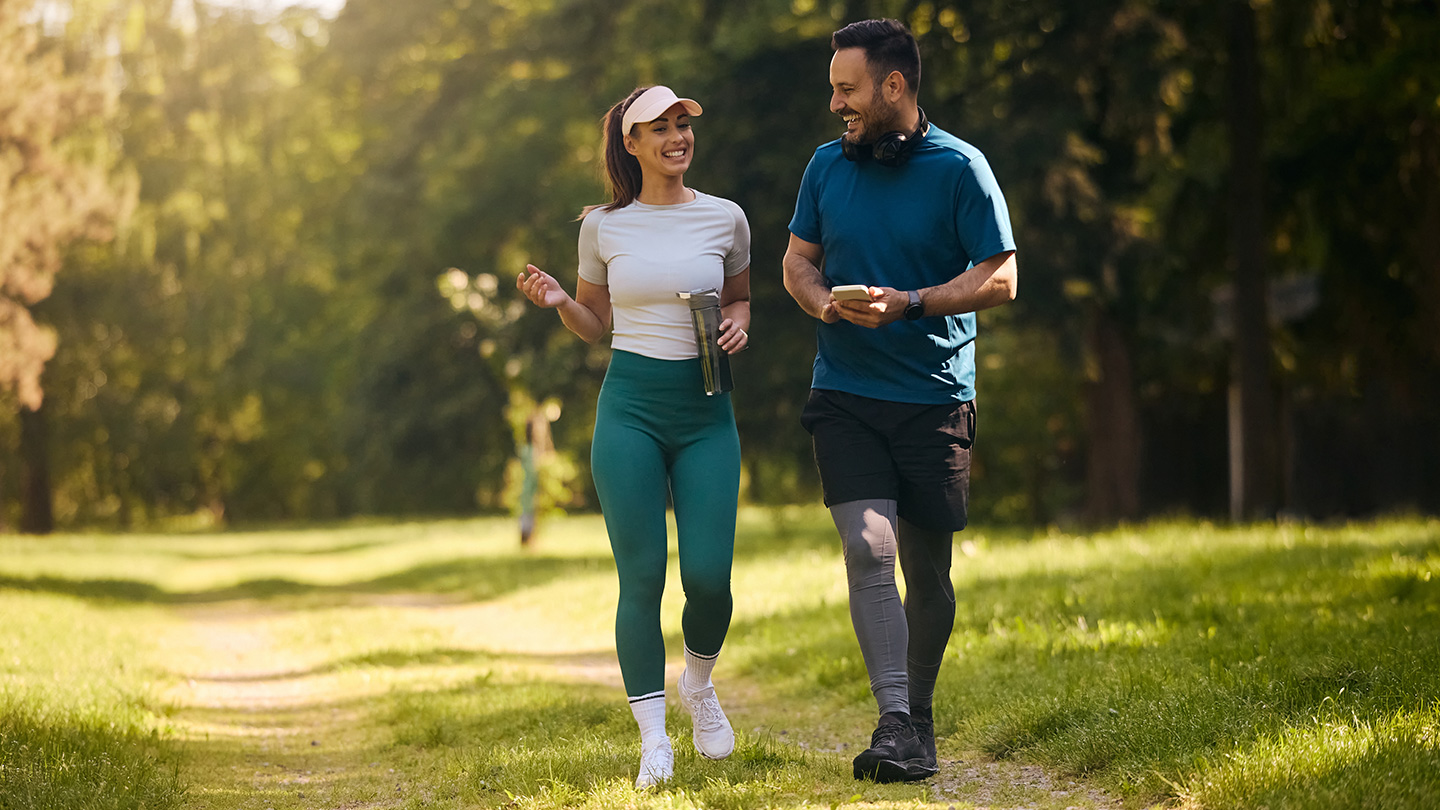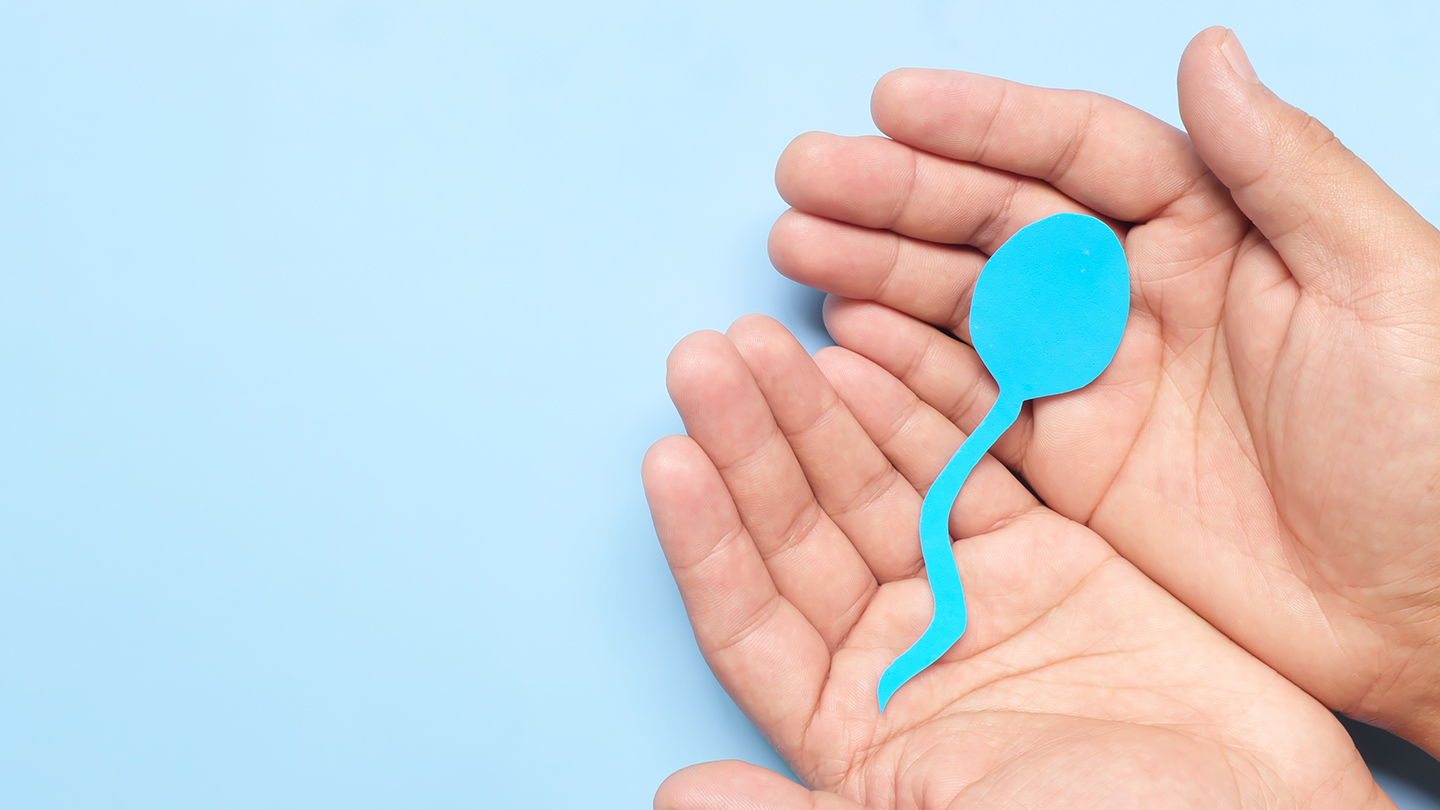Medical
Nappuccino: For Double Shot of Energy
A nappuccino combines a quick nap with a shot of coffee for a powerful energy boost. Science shows it enhances alertness, memory, and focus more effectively than a nap or caffeine alone.

The last thing we would ever think to do is have a cup of coffee and then go take a nap, isn’t it? But it’s something you should do. It sounds counterintuitive, but there really is research to show that this is a powerful and effective strategy to improve alertness and focus. Be it your mid-afternoon fatigue or dip in energy and focus, it is totally natural to rely on another cup of coffee. But instead of reaching for another cup of coffee or trying to squeeze in a quick nap, why not combine the two? Introducing the nappuccino, a powerful mix of caffeine and a short nap that can help you feel more refreshed and alert.
According to a 2020 study published by the Journal of Biological and Medical Rhythm research consuming coffee immediately prior to a nap, known as a caffeine-nap, has been shown to improve alertness during the day.
Need all your wellness solutions in one place? A whole new world awaits just a click away.
What is a Nappuccino?
A study from Loughborough University in the UK found that participants who had a coffee nap performed better on driving tasks and felt less sleepy than those who just had coffee or just napped.
A nappuccino, also known as a coffee nap, involves drinking a cup of coffee and then taking a quick nap right afterward. Caffeine takes about 20 to 30 minutes to start affecting your body. During that window, you can actually fall into a light nap: ideally around 20 minutes long. This short nap helps clear out adenosine, a chemical that builds up in your brain and makes you feel tired. Caffeine works by blocking adenosine from attaching to its receptors, which is how it keeps you alert. So when the caffeine kicks in just as you wake up, it works even better because there’s less adenosine left to block it.
The result? You wake up feeling not just rested, but sharper and more alert.
Related Story: 10 Instant Energy Foods To Tackle Afternoon Fatigue
How To Take a Nappuccino
Drink a cup of coffee quickly
- About 100–200 mg of caffeine (a single espresso or regular black coffee). Drink it fast, so caffeine has time to reach your bloodstream while you're napping.
Lie down immediately
- Set a timer for 25 minutes. Assuming it takes 7-10 minutes to fall asleep, you will have slept for about 15-18 minutes and that’s the perfect nap length. Longer naps can lead to grogginess, especially when you have taken caffeine before a nap.
Nap for 20 minutes
- You’ll likely stay in light sleep and wake up refreshed.
- By the time you wake, the caffeine kicks in: giving you a double boost.
Get moving
- Get up and start moving right away. You’ll feel more alert, focused, and energised than with caffeine or a nap alone.
Related Story: 6 Reasons To Try Circadian Rhythm Fasting
Best Time to Try Nappuccino
The best time to take a nappuccino is usually in the early afternoon, around 1 to 3 PM. That’s when your body naturally experiences a drop in energy, making it the perfect window for a short rest. Just avoid taking it too late in the day as it might interfere with your night time sleep.
Furthermore, starting your day with coffee can give you a quick boost in alertness, that part’s no surprise. But as the day goes on, your body naturally builds up a compound called adenosine, a neurotransmitter that promotes sleep by slowing down nerve activity. Caffeine works by blocking adenosine receptors, which temporarily keeps you feeling awake and alert. However, once the caffeine starts to wear off, the accumulated adenosine rushes in, leading to what we often call a caffeine crash: that sudden wave of fatigue and sluggishness.
Related Story: Go Beyond Coffee: Healthy Meeting Snacks You'll Love
Need all your wellness solutions in one place? A whole new world awaits just a click away.
A nappuccino might just be the smartest way to recharge your body and brain in the middle of a long day. It’s simple, science-backed, and surprisingly effective. Instead of relying on endless cups of coffee or dragging through fatigue, try combining a quick shot of caffeine with a short nap. The result? A clearer mind, better focus, and sustained energy: without the dreaded crash. So the next time that afternoon slump hits, you know what to do. Drink up, nap down, and power through.
EXPLORE MORE
You don’t have to give up the ladoos or the laughter. Here’s how to enjoy the festivities without letting diabetes get in the way.
October is the ideal time to take a pause and get your health in order. From blood tests to cancer screenings, here’s why preventive care this month could make all the difference.
From biryani to bedtime in 60 seconds? Hit pause. Your blood sugar needs a stroll and mindful meditation.
From underwear myths to age myths, we unpack what really affects men’s ability to conceive, and what doesn’t






.jpg)
.jpg)


